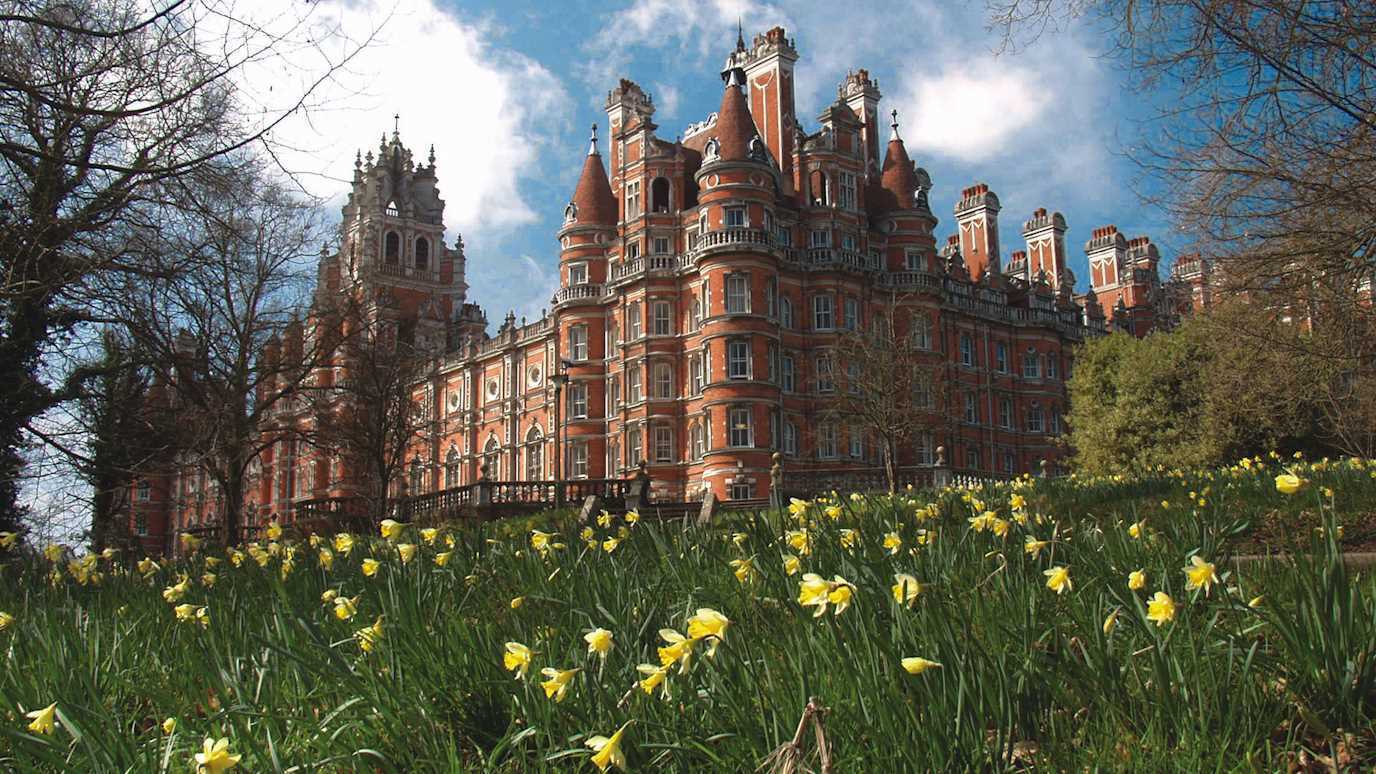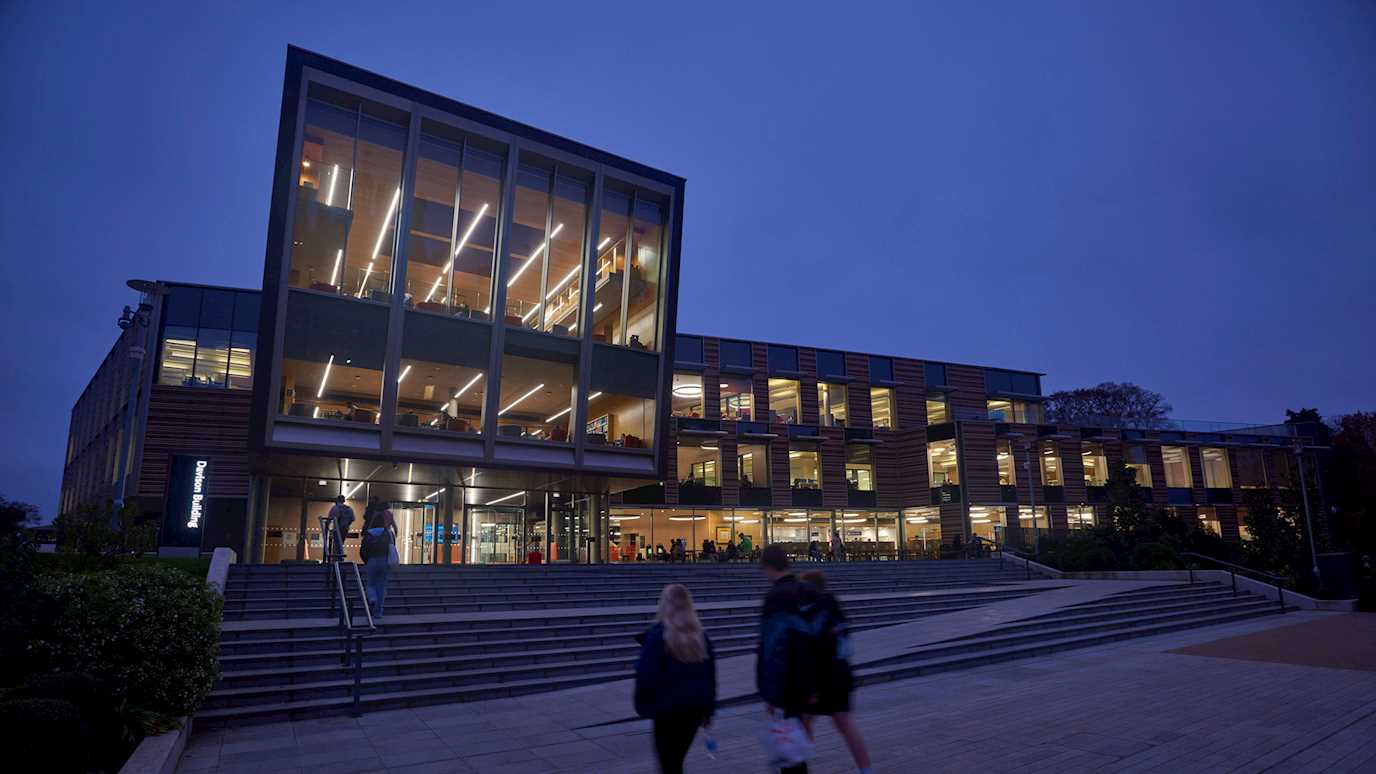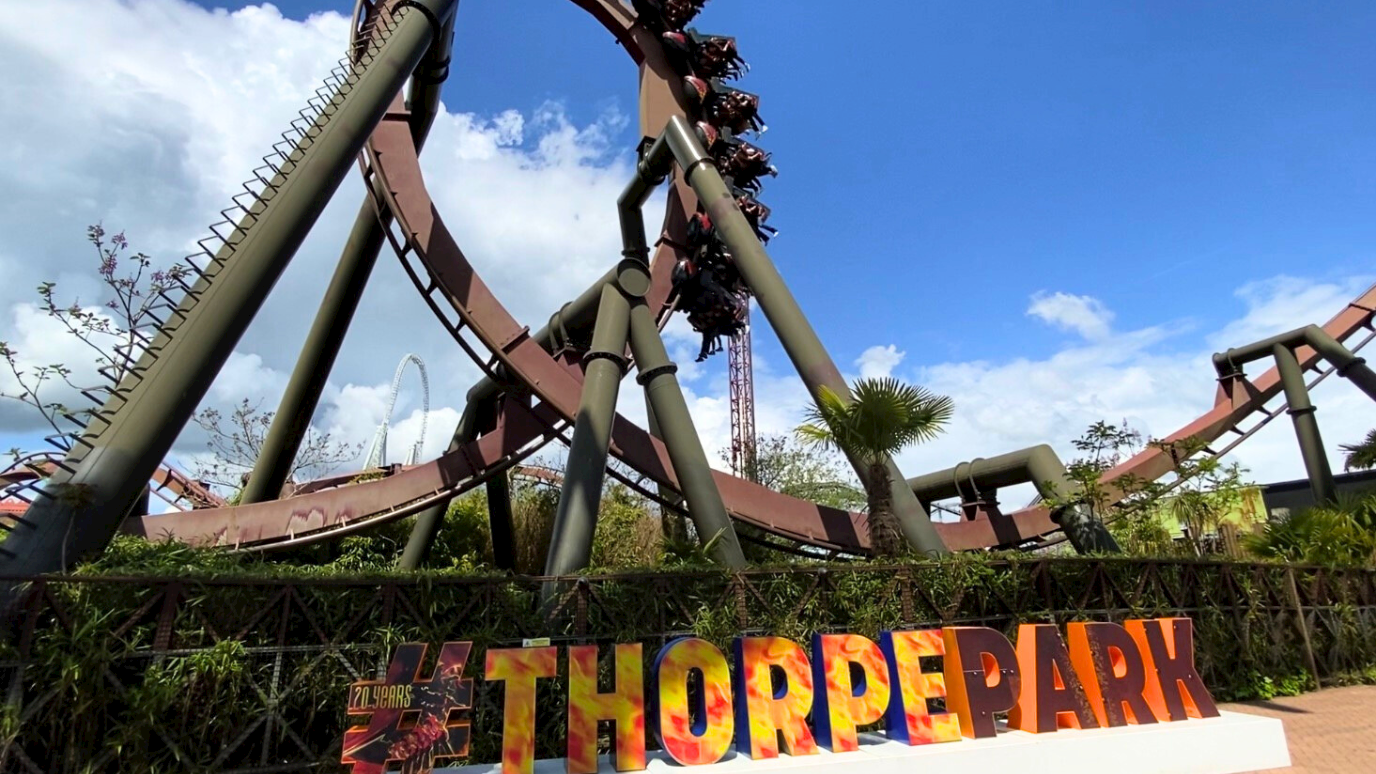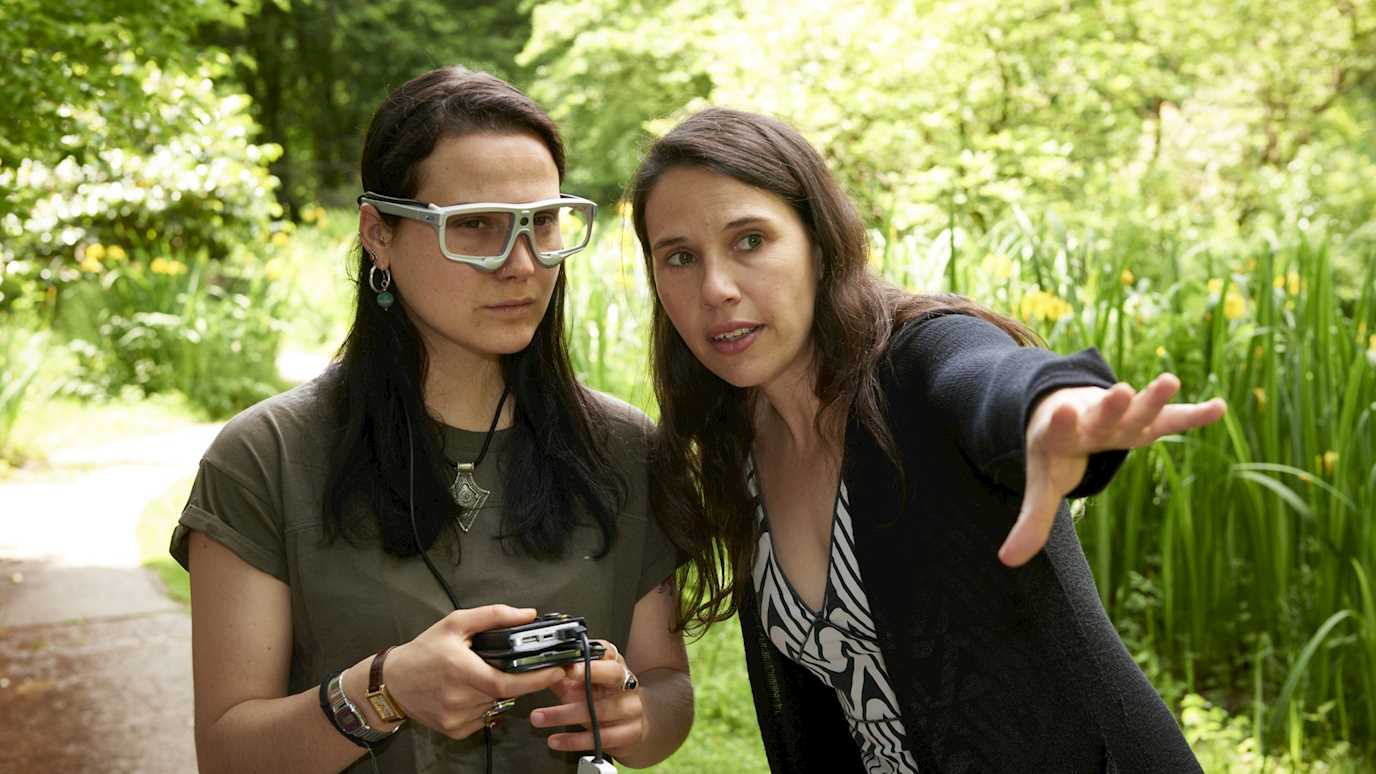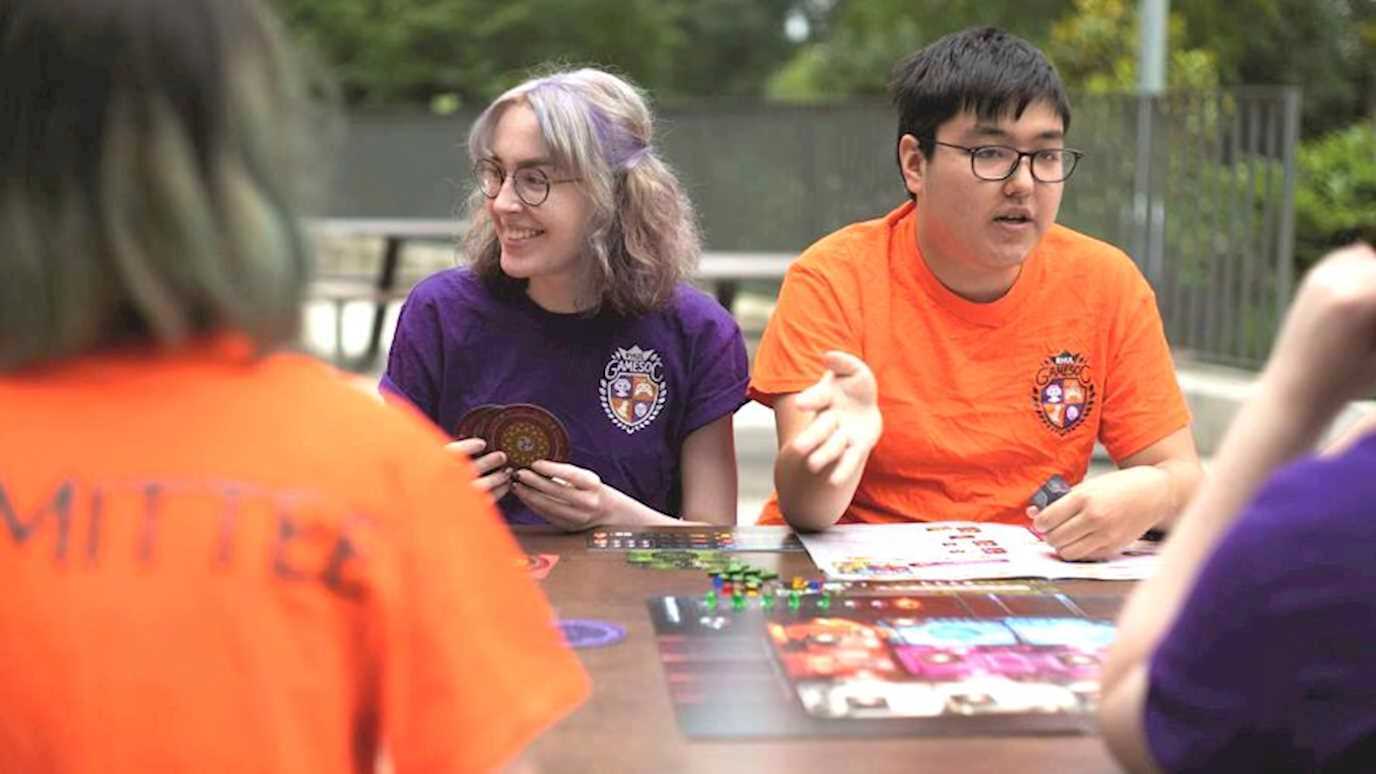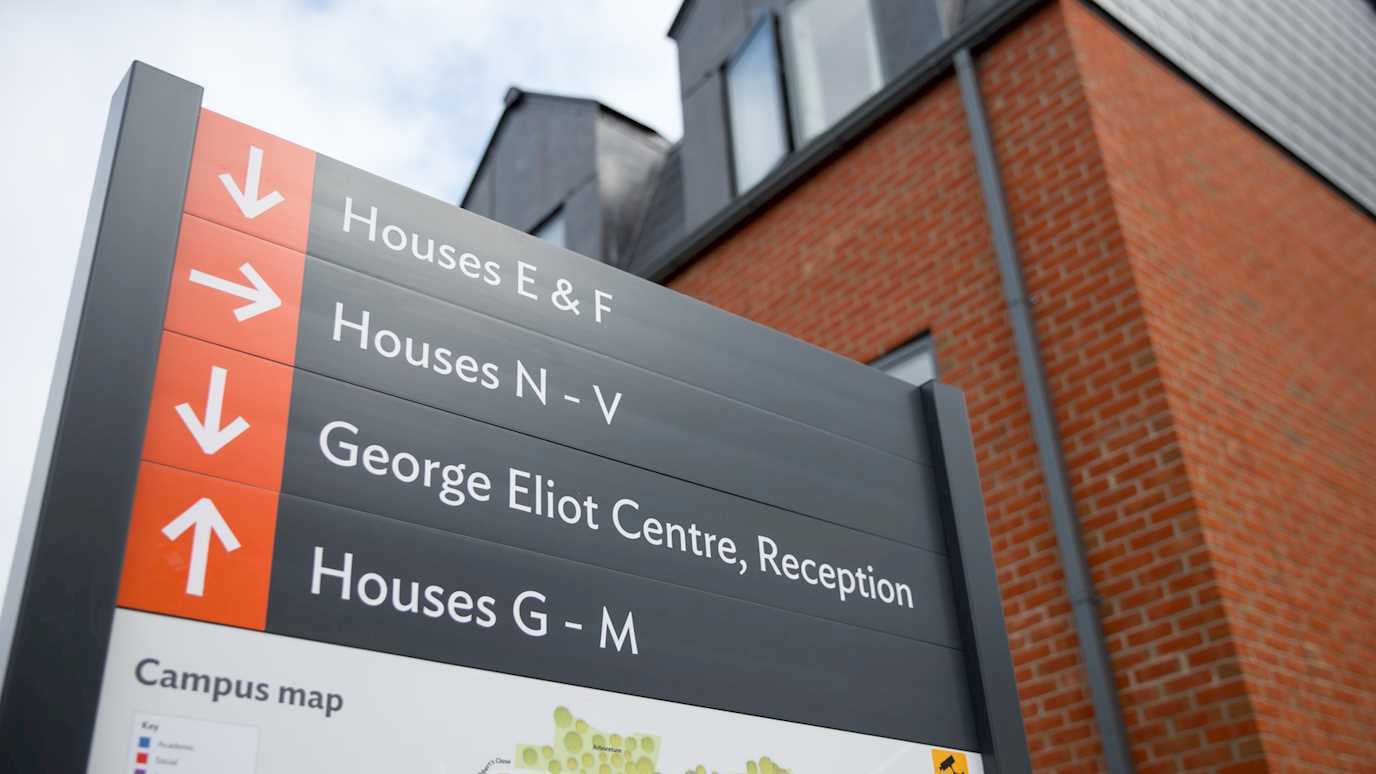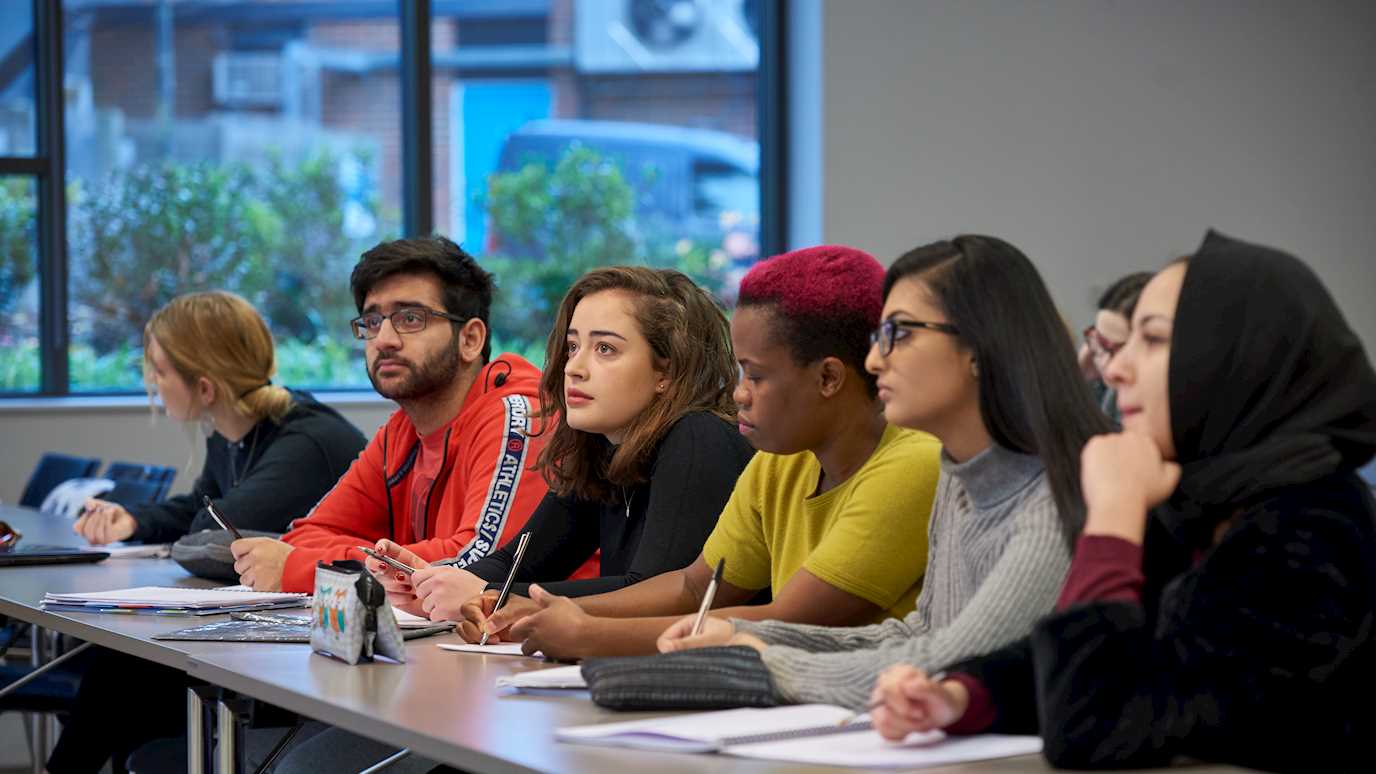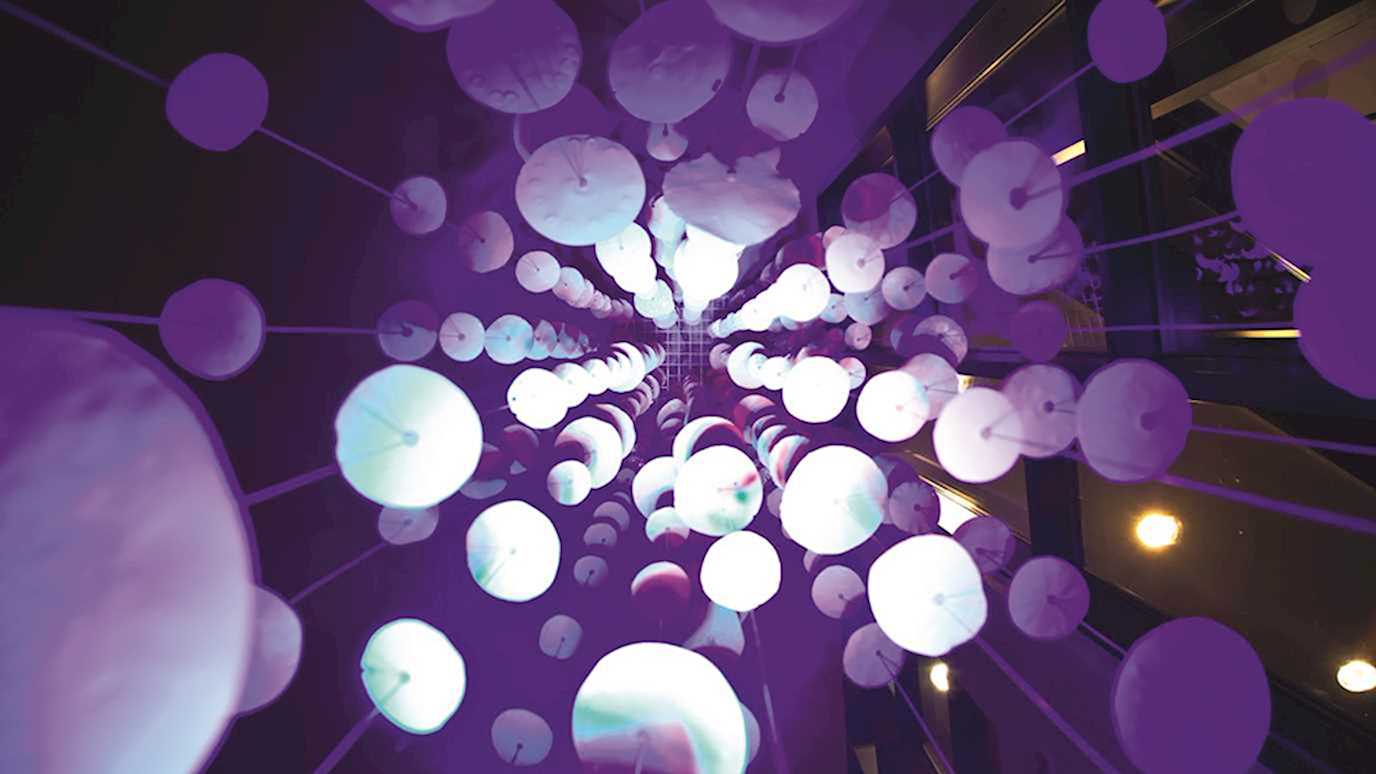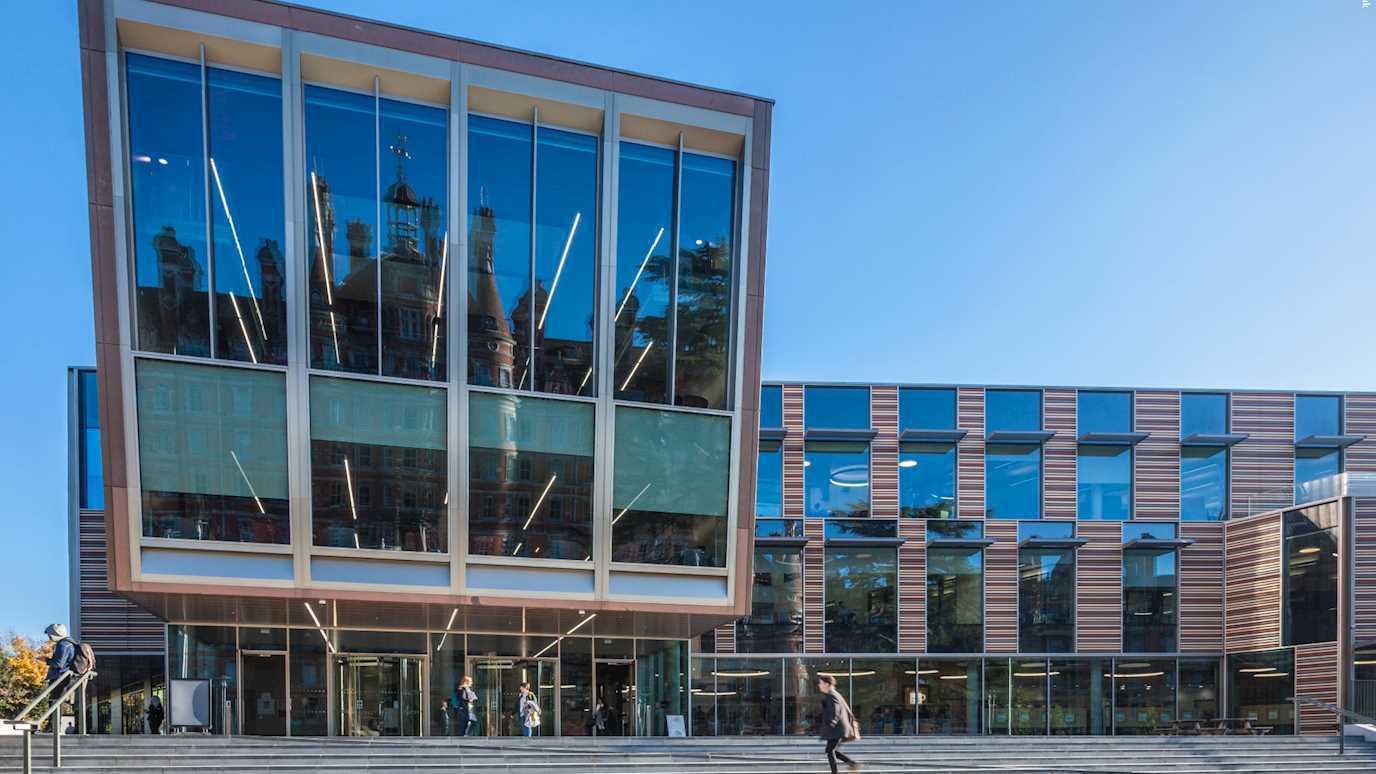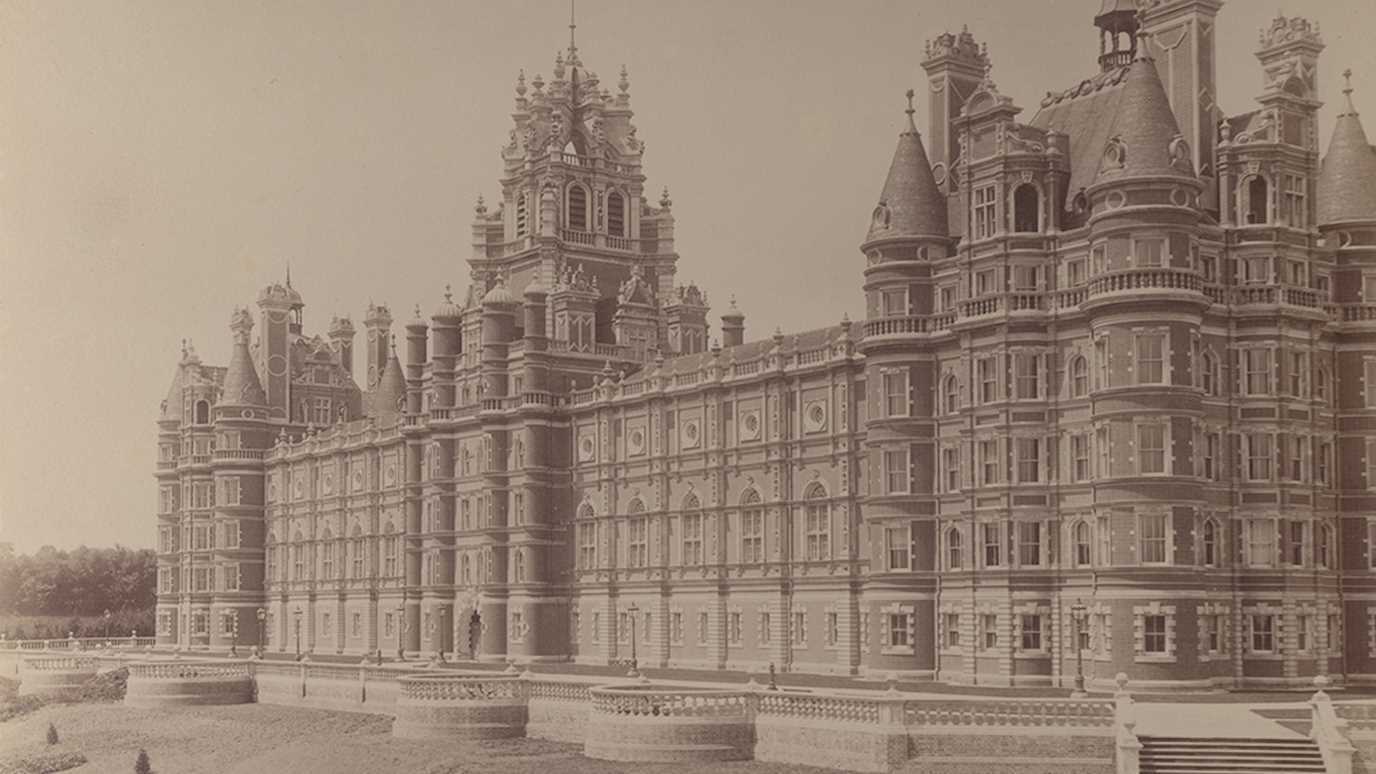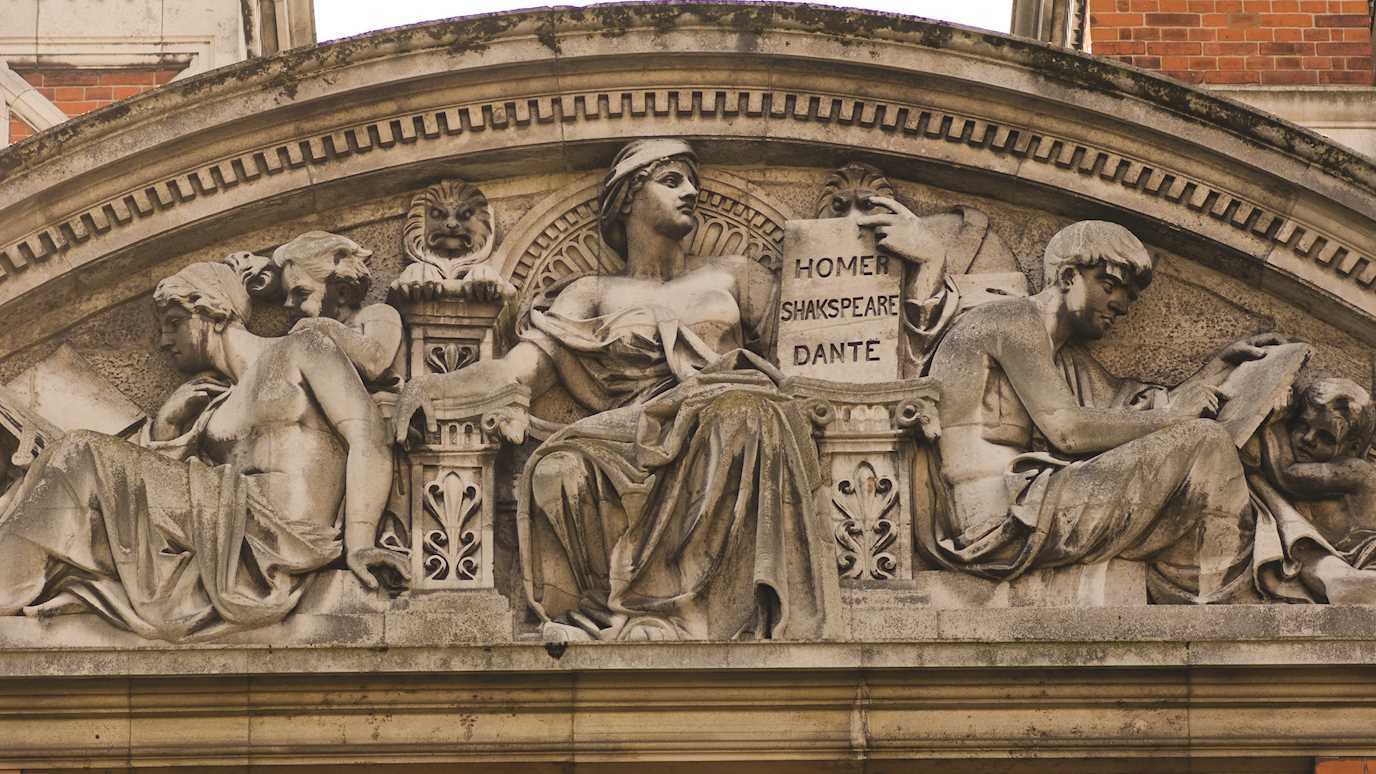Dr Luca Franco
More than ten years after the discovery of the Higgs boson at CERN, physicists of the LHC experiments are still investigating its true nature. While the measurements performed so far (including decay width, spin, production and decay rates) agree with the Standard Model (SM) theory at a high level of precision, the coupling strengths of the interactions involving multiple Higgs bosons, such as the Higgs self-interaction, haven’t been verified yet. The self-interaction is the key to understanding the puzzling mechanism of electroweak symmetry breaking and it can be probed via the study of the production of a pair of Higgs bosons (HH). The production rates and kinematics of HH processes may be affected by anomalous self-couplings. If such an effect was observed in the data, we would have a strong indication of new physics beyond the SM. In this talk, I will present the latest results obtained through the analysis of HH events having two photons and two b-quarks in the final state. These represent the most stringent constraint on the strength of the Higgs self- interaction from a single decay channel to date, obtained using 308/fb of proton-proton collision data recorded by the ATLAS experiment during Run 2 and the first part of Run 3.



